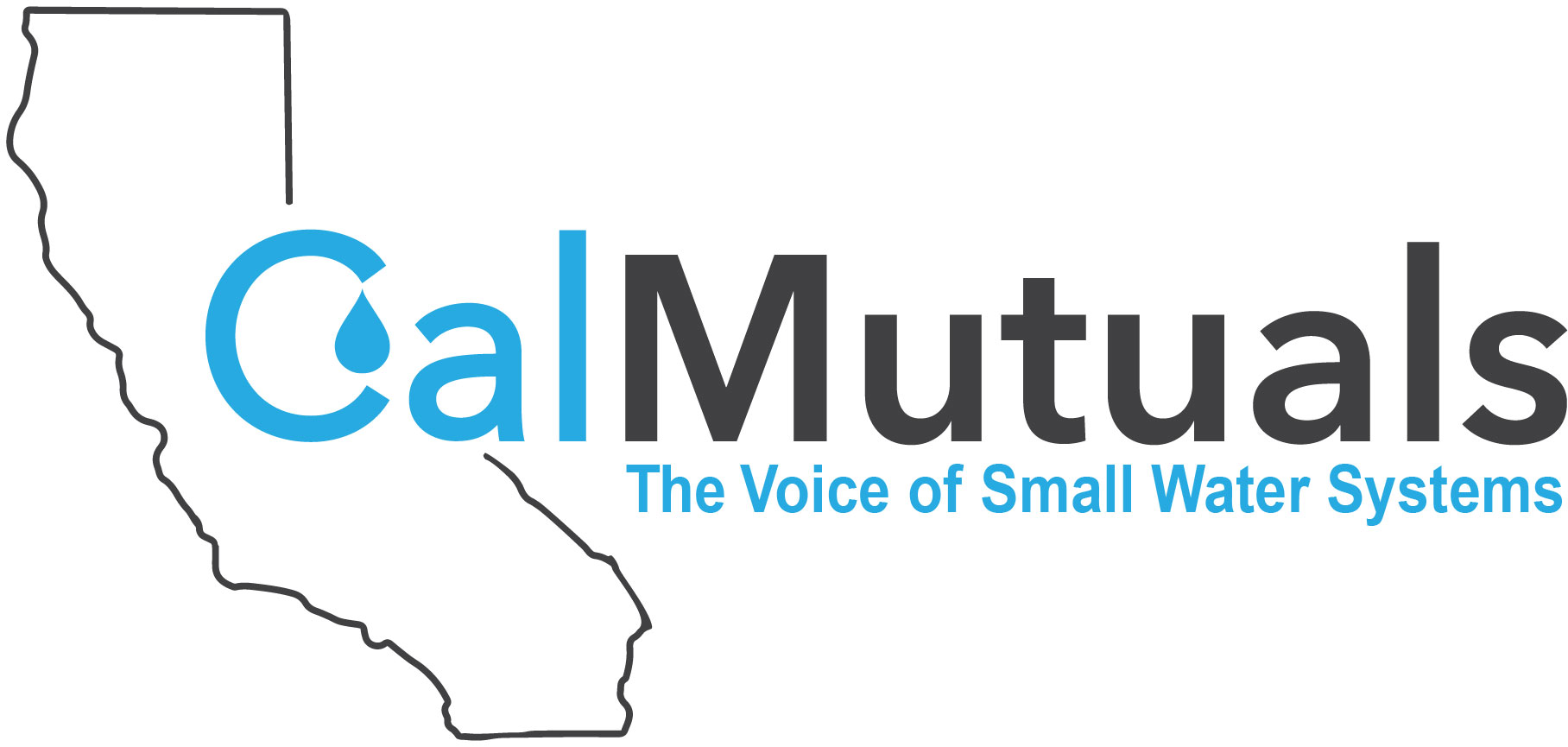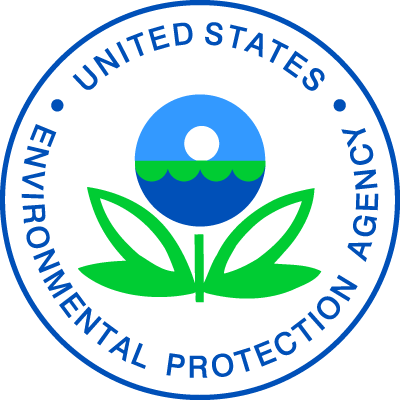Webinar | Creating New or Expanding Existing Water Sources
Webinar OnlyThis webinar will look at the technology, operation and maintenance of water systems that create new or expanded water for a community. By nature, these sources tend to be locally controlled. In the case of ground water, it can have contaminants such as iron or manganese, nitrate, or water that is brackish that make it unsuitable for drinking water unless some advanced treatment technology is used. We will also look at re-purifying waste water being treated for purple pipe, ground water recharge, and lake augmentation. We will look at the example of the world’s largest water re-purification system: Orange County Ground Water Recharge System (GWRS). This webinar will look at the advanced treatment choices and show the GWRS as a model for other projects. This webinar is 1:00 pm – 4:00 pm on September 29 and September 30. Earn up to 6 contact hours. Instructor: Henry Palechek Member $80 / Non-member $100 Online registration for this webinar closes on September 27.


